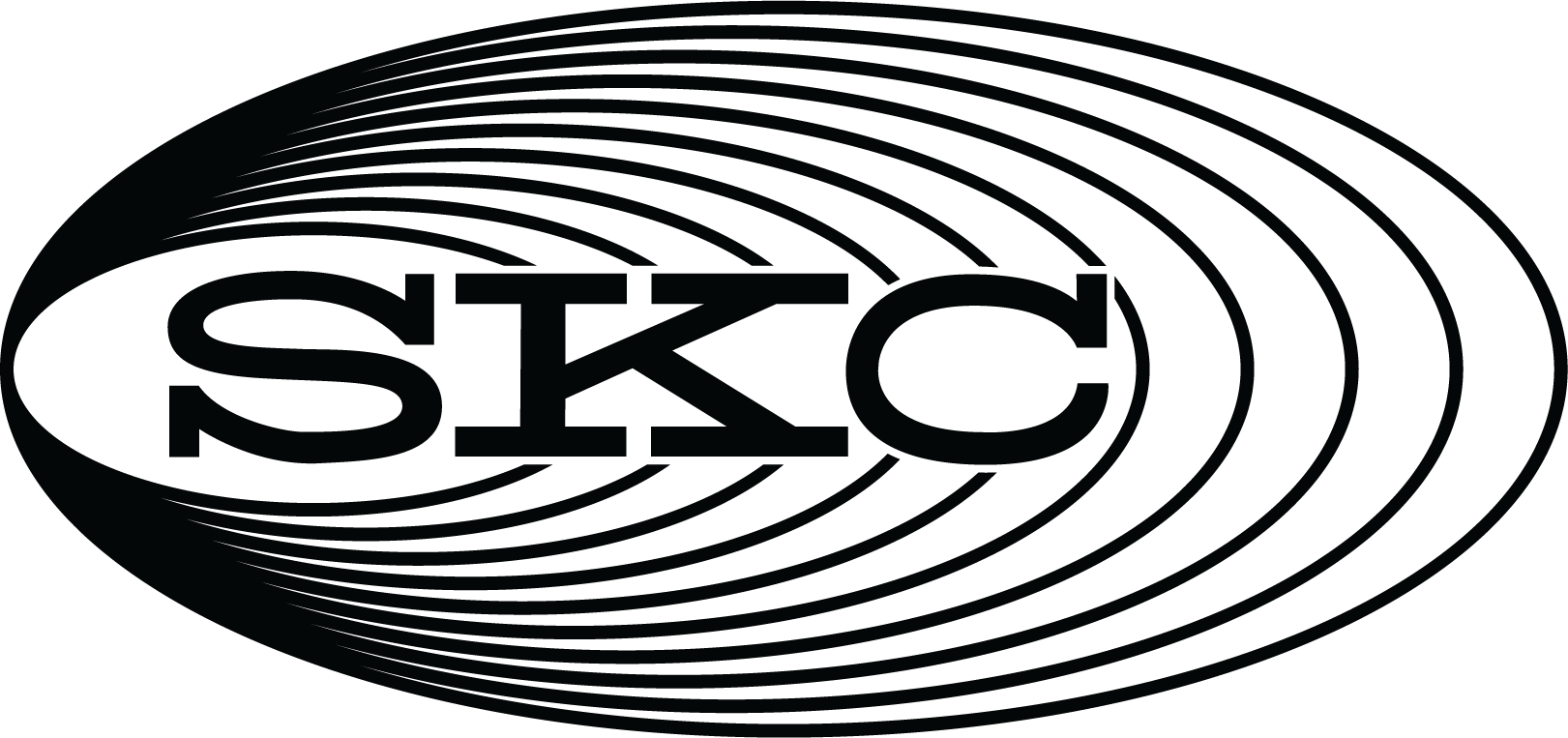I stood at the front of a snug conference room in Reno, watching a crowd of 30 to 40 safety and health professionals lean forward as if they were listening to a good story. For an hour we talked about noise dosimetry: the why, the how, and the things that actually make an industrial hygienist’s life easier in the field. The device at the center of the conversation was the SKC NoiseCHEK. By the end of the session, I could see the shift in the room from curiosity about specifications to genuine appreciation for practical capability. An offhand comment that was communicated to me after the class summarized it best: “I never really considered the SKC NoiseCHEK before because of the price. But now that I see what it offers, I understand why, and it is worth every penny.” That line stuck with me because it captured the difference between buying a tool and investing in a capability.
When most people hear “noise dosimeter,” they think about the tool: time-weighted averages and a little box clipped on top of someone’s shoulder under their ear. That is the surface-level answer, and it is not wrong. But modern noise assessment is more nuanced. We do not simply want numbers; we want capability, such as context, causation, and the ability to ask “what if” after we have walked away from the job. We want to identify when a machine, a job task, or even a single event pushes someone over a limit. We want to be able to defend our recommendations with clear evidence. And increasingly, we want that evidence to be rich, not just a number, but an event, a timestamped audio clip, and a dataset that we can interrogate.
That is where the NoiseCHEK separates itself from many of the dosimeters on the market. It is not about having more buttons or a prettier LCD, it is about expanding what an IH can do with the data. The device supports four virtual dosimeters simultaneously, which is a practical game-changer. In the field, this allows you to monitor multiple criteria (for example, different exchange rates, thresholds, or weightings) with a single physical run. That saves time, avoids multiple instrument setups, and, most importantly, gives you a fuller picture of exposure in one contiguous sample. For someone managing a fleet of samples or trying to capture a complex shift pattern on a noisy site, these virtual channels are a leap forward in efficiency and clarity.
Bluetooth® connectivity and the SmartWave dB mobile app are other features that resonated strongly with the class. On paper, Bluetooth is just a convenience, but in practice, it transforms how you work. Being able to view live data on your tablet or phone, confirm that the unit is running, and check parameters without unclipping the device or stopping the job reduces friction in the measurement process. It also offers a subtle but important quality-of-life improvement: you spend less time stopping work and more time asking intelligent questions about the work you are observing.
One feature that prompted audible “ahhs” in Reno was the NoiseCHEK’s threshold-triggered audio recording. The unit can be configured to automatically record a 10-second audio clip whenever sound exceeds a set threshold. The feature is not a gimmick; it is a forensic tool. Imagine arriving back at the office, wondering what caused a brief mid-shift spike in dose. With the NoiseCHEK, you can listen to the actual event. You can often identify whether it was a dropped tool, a passing vehicle, or a transient event from a nearby operation. The ability to tie a quantitative spike to qualitative evidence strengthens assessments, supports conversations with operations, and makes corrective action recommendations more actionable.
The NoiseCHEK’s design reflects attention to field realities with ruggedness, dependable battery life, and intrinsic safety built in. It always provides peace of mind when the instrument can be used in hazardous atmospheres without adding risk. That is an element of quality that isn’t glamorous, but it is essential when your work takes you into real-world, sometimes unforgiving conditions.
The device-only story is only half of the picture. The real power of modern noise dosimetry is realized when hardware and software are designed to work together, and that is where SKC’s DataTrac® dB advanced software made the biggest impression on my class. During the final portion of the training, I walked attendees through importing datasets, slicing and dicing time-series data, and using “what-if” scenarios to model exposure outcomes. Want to know how a 15-minute change in work practice would have affected a worker’s dose? Want to test the impact of using a different hearing protection factor or moving a noisy task to a different location? DataTrac dB’s manipulation tools allow you to apply alternative thresholds and exchange rates to the same dataset, effectively turning a recorded sample into an exploratory session.
This type of analysis is not just theoretical; it drives real-world decisions. In one example, we took a single sampled shift from a lawn care company and adjusted the noise levels during the use of a gas-powered weed eater. We then recalculated the exposure as if the equipment had been replaced with electric units. That small operational change shifted the result from exceeding the compliance threshold to falling below it. Heads nodded. Conversations started. Suddenly, the value of the noise measurement was not only about checking compliance; it became a tool for creating solutions.
The ability to attach context to measurements, whether through audio clips, multiple virtual dosimeters, or a suite of software-driven analyses, is also a direct defense in regulatory and legal contexts. When you can show time-stamped audio, the exact parameters you used, and comparative simulations, your sampling report moves from “here is what happened” to “here is why this happened and how we can fix it.” That increases credibility with management, workers, and regulators.
Now let us talk about craftsmanship and product quality. Yes, the NoiseCHEK is a premium-priced instrument compared to entry-level models. But price alone is a poor proxy for value. What matters is what you get: consistent accuracy over time, a device engineered to survive in tough environments, software that translates raw data into actionable insights, and support from a company that understands industrial hygiene. For many IHs, the additional upfront cost is offset by the efficiencies gained in the field, the reduction in retesting, and the quality of evidence you can deliver in your reports. That was the essence of the comment I quoted earlier. After seeing the whole system in action, attendees understood that the NoiseCHEK represented an investment in capability, not a cost.
An often-understated benefit of using a high-quality tool is the change in behavior. When measurements are easier to take, more informative, and quicker to analyze, employees are more likely to sample appropriately and more often. That, in turn, leads to better exposure control decisions. Tools that are difficult to use or provide limited insight subtly discourage thorough sampling and additional analysis. The NoiseCHEK is clearly designed for ease of use to encourage sampling that is thoughtful, repeatable, and defensible.
I walked out of that room in Reno thinking about the people I met: IHs who want to do the right thing but need evidence to get buy-in; professionals who are stretched thin and need tools that save time; and frontline workers who deserve the most thoughtful assessment of the hazards around them. Tools matter because the stakes matter. A noisy conveyor, a misaligned motor, or a sporadic passing vehicle can all contribute to hearing loss if left unchecked. When your instrument provides not just numbers but stories, you are better equipped to protect hearing and communicate risk.
So, would I recommend the SKC NoiseCHEK? Yes! Especially to industrial hygienists and safety professionals who want to move beyond cursory sampling to thorough, evidence-based assessment. The unit’s combination of multiple virtual dosimeters, Bluetooth and mobile app convenience, threshold-triggered audio, intrinsic safety, and robust software creates a package that changes what you can do with data from a single shift. The extra cost is real, but so is the extra capability. And for many professionals, that capability turns out to be priceless.
I closed the session in Reno by inviting questions and, more importantly, conversations. The best tool in the world will not improve outcomes without the people who use it asking better questions. The NoiseCHEK gives us better answers, and now it is up to us to use them wisely.
I will end here by repeating the attendee’s words I quoted earlier:
“I never really considered the SKC NoiseCHEK before because of the price. But now that I see what it offers, I understand why it is worth every penny.” If you are looking to perform noise monitoring that is deeper, clearer, and more defensible, I invite you to take a closer look at SKC NoiseCHEK.
Dusty Ott, CIH, is Corporate Industrial Hygienist for SKC Inc. He is based in Ogden, Utah, where he and his wife (also an industrial hygienist) are raising their family of four children. Dusty is passionate about making industrial hygiene concepts easy to understand at all levels. Follow Dusty on LinkedIn [link to: https://www.linkedin.com/in/dusty-ott-cih-114b2442/].


